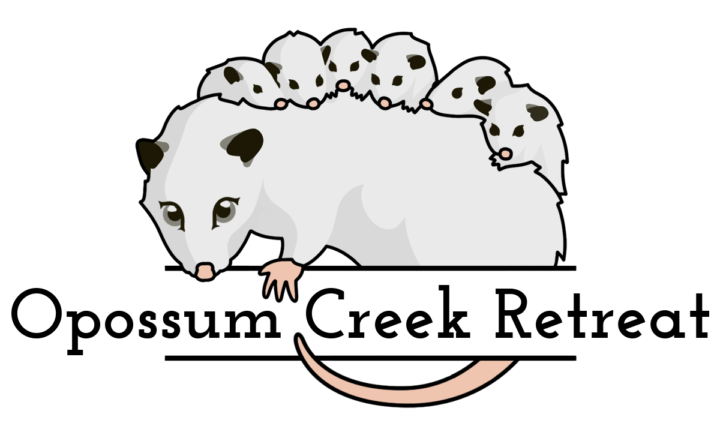Special Guest Post By: Rachel Davis
Around here crocuses and daffodils are among the first spring flowers to emerge and bloom. Neither is native to this land, but both were favorites of the Appalachian residents of long ago including my Grandmother who as a young woman planted them here in her yard. I am sure she watched them as eagerly as I do for the first indication of spring. After they have bloomed, I have learned to watch for the return of the Robins – but even then, winter is not quite finished in Appalachia.
As winter passes and the seasons change, I am reminded of a bit of weather folklore from generations past. Seasonal cold snaps, warm spells, and snow falls have names. The old-timers in the mountains had a number of named snows, including the Robin Snow, the Cabbage Snow, and the Easter Snow.
In the Appalachian Mountains and most of the northeastern U.S. the migrating American Robins return from their wintering grounds in vast flocks, eagerly hunting night crawlers and other favored foods. Robins return just before spring and are almost immediately followed by snowfall. The snow that falls after the first Robin’s song is the Robin Snow. This year the snow fell two days after the Robins’ return.
In the melting Robin Snow my brother Alan captured the image of this easily recognizable leucistic Robin that has returned to his yard year after year.
As for the crocuses and daffodils, being the first to bloom it is inevitable they will hold each of the spring snows. The delicate looking buds and petals are not as threatened by the snows icy touch as they appear. Although I witness it year after year, snow covered petals continue to be an extraordinary sight.
The sun light melts the snow and warms the earth, waking the pollinators who seek out nectar from the early blooming spring flowers; and to the delight of the Robins the night crawlers surface the saturated soils.
The early flowers have bloomed, the Robins have returned, the Robin Snow has fallen, and the long awaited spring season has finally arrived.
The next two snows to watch for in the Appalachian Mountains are the Cabbage Snow which signals the time to start cabbage seeds, and the wet and clinging Easter Snow which some folks refer to as the Fuzzy Snow.
What early signs of spring do you watch for in your neck of the woods?
